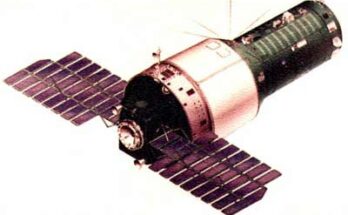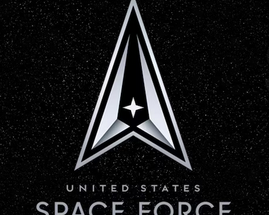by Bill Ostrove, Space Systems Analyst, Forecast International.
The U.S. Air Force has awarded three companies a combined $2.3 billion in contracts to help fund the development of new launch vehicles under the Air Force’s Launch Service Agreement (LSA) program. Under contracts announced on October 10, United Launch Alliance was awarded $967 million to develop the Vulcan Centaur launch system, Northrop Grumman was awarded $791.6 million to develop the OmegA launch system, and Blue Origin was awarded $500 million to develop the New Glenn launch system.
The three companies will receive an initial $109 million to start work. The total amounts will be paid out at a later date, likely as various development milestones are met.
Each contract calls for the development of a launch system prototype for the Evolved Expendable Launch Vehicle program. The contracts are part of an Air Force plan to leverage commercial launch solutions in order to ensure that at least two domestic commercial launch service providers can meet national security space requirements, including the ability to launch the heaviest and most complex payloads.
As a sign of its intent to leverage commercial developments in the market, the Air Force will not cover all of the development costs for any of the rockets. Instead, it will share costs with the three companies. Each company will attempt to get a return on its investment by developing a commercially competitive launch vehicle that will be able to win contracts to carry both government and commercial payloads into orbit.
One notable absence from the contract winners was SpaceX. SpaceX’s role in LSA was always a bit of a mystery. SpaceX was involved in an earlier round of the program, which funded rocket motor development, so it was expected to be included in the latest round. However, SpaceX’s current lineup of launch vehicles did not align with the goals of the program, which is meant to fund development of new launch vehicles. SpaceX already has two launch vehicles that are certified to carry national security payloads: the Falcon 9 and the Falcon Heavy.
SpaceX is developing a new launch vehicle called the BFR. However, it’s possible that the BFR was not a good fit for the program either, likely because it is not as far along in development as the launch vehicles produced by the companies awarded contracts. New Glenn is expected to launch in 2020, while Vulcan and OmegA are scheduled to begin flying in 2021. BFR is not scheduled to begin orbital flights until 2022 or 2023, and even those dates are considered ambitious.
Ultimately, SpaceX will survive the lack of a contract. The Falcon 9 and Falcon Heavy will continue to compete for government contracts, even after new launch vehicles from other companies enter the market.
Still, the lack of a contract award for the LSA program could hurt SpaceX in indirect ways. First, SpaceX will not receive funds to help fund development of the BFR; SpaceX’s CEO estimates that the BFR will cost $5 billion to develop. The sources of funding for the BFR remain somewhat of a question, so an award from the Air Force would only have helped the company.
Additionally, the program will create at least two new competitors to SpaceX for DoD business. The Hawthorne, California, company currently competes against ULA’s Atlas V and Delta IV for DoD contracts. Those are reliable but expensive launch vehicles. The two new competitors will operate launch vehicles that are cheaper and more flexible than the Atlas V and Delta IV. That will make competition to win DoD launch contracts more intense while giving the Air Force more options to carry its payloads into orbit.
Bill Ostrove is the author of Forecast International’s two Space Systems Market Intelligence Services, one covering launch vehicles and the other, satellites and spacecraft. The Launch Vehicles product features programs on reusable and expendable launch vehicles, and human spaceflight vehicles. The Satellites & Spacecraft service covers systems ranging from microsatellites to large COMSATs. Both volumes provide global coverage on the major players and market trends.
For 50 years, Forecast International intelligence reports have been the aerospace and defense industry standard for accurate research, analysis, and projections. Our experienced analysts compile, evaluate, and present accurate data for decision makers. FI's market research reports offer concise analysis of individual programs and identify market opportunities. Each report includes a program overview, detailed statistics, recent developments and a competitive analysis, culminating in production forecasts spanning 10 or 15 years. Let our market intelligence reports be a key part of reducing uncertainties and mastering your specific market and its growth potential. Find out more at www.forecastinternational.com



